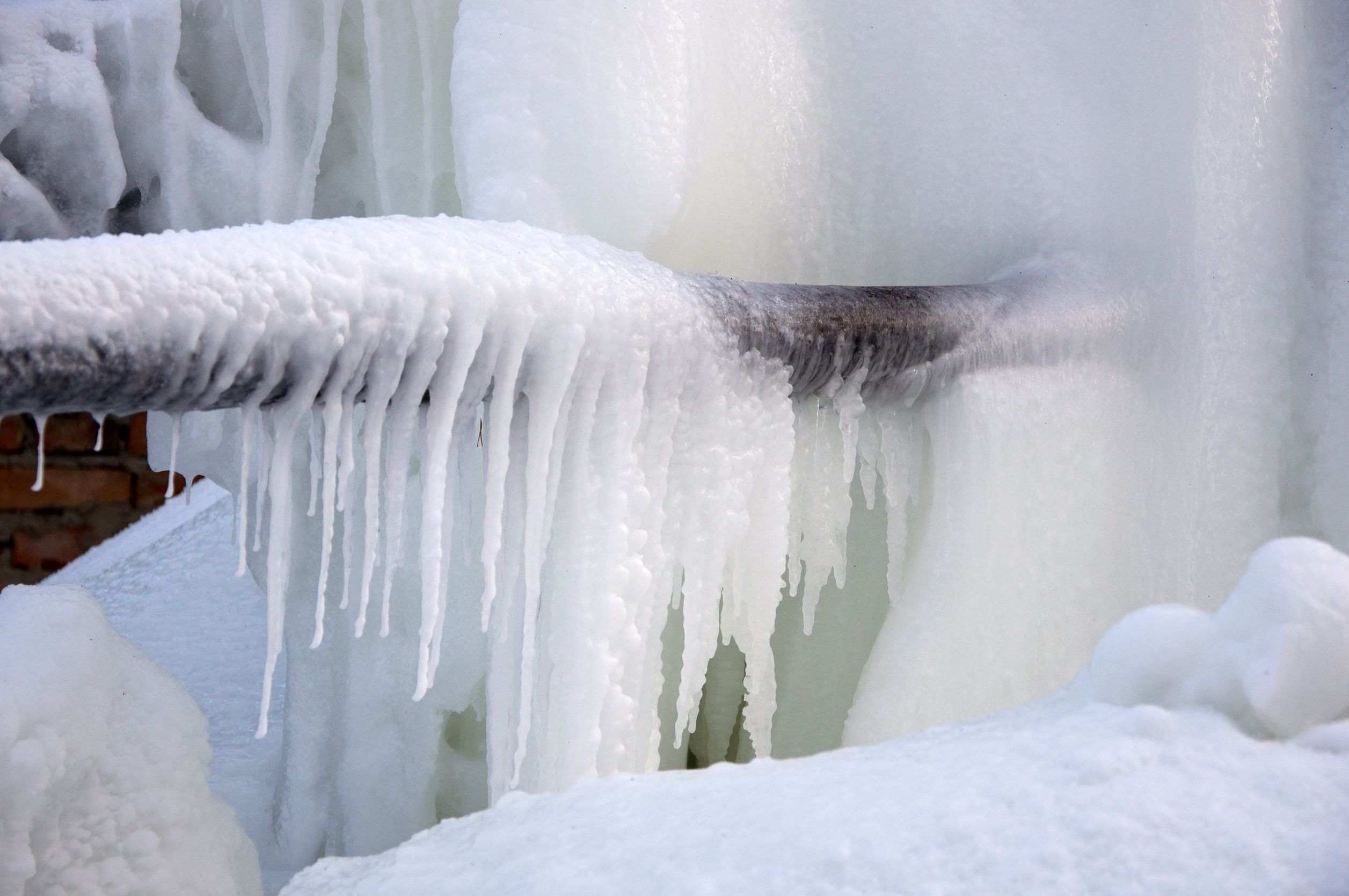Tips to Defend Plumbing System from Cold Weather: Essential Tips
Tips to Defend Plumbing System from Cold Weather: Essential Tips
Blog Article
We've unearthed this great article involving Helpful Tips to Prevent Frozen Pipes this Winter down the page on the internet and think it made perfect sense to quickly share it with you on my blog.

Winter can ruin your plumbing, especially by freezing pipes. Here's how to stop it from occurring and what to do if it does.
Intro
As temperature levels drop, the danger of icy pipes rises, potentially causing costly repair work and water damage. Recognizing how to stop frozen pipelines is vital for property owners in cool climates.
Comprehending Icy Pipelines
What causes pipelines to freeze?
Pipelines freeze when subjected to temperature levels listed below 32 ° F (0 ° C) for expanded durations. As water inside the pipelines ices up, it expands, taxing the pipeline wall surfaces and potentially causing them to rupture.
Dangers and problems
Icy pipelines can result in water disruptions, residential property damages, and costly repair services. Ruptured pipelines can flood homes and create considerable architectural damages.
Signs of Frozen Pipes
Recognizing icy pipes early can prevent them from bursting.
How to recognize frozen pipelines
Seek lowered water flow from taps, unusual smells or sounds from pipes, and visible frost on revealed pipes.
Prevention Tips
Shielding susceptible pipelines
Wrap pipelines in insulation sleeves or use warmth tape to safeguard them from freezing temperatures. Concentrate on pipelines in unheated or exterior locations of the home.
Home heating methods
Maintain indoor spaces effectively heated, specifically areas with plumbing. Open up closet doors to permit cozy air to circulate around pipes under sinks.
Securing Exterior Pipes
Yard tubes and outside taps
Disconnect and drain pipes garden tubes before winter season. Mount frost-proof faucets or cover exterior taps with shielded caps.
What to Do If Your Pipelines Freeze
Immediate actions to take
If you believe frozen pipelines, keep faucets open to relieve stress as the ice melts. Use a hairdryer or towels taken in hot water to thaw pipelines slowly.
Long-Term Solutions
Architectural adjustments
Take into consideration rerouting pipes far from exterior wall surfaces or unheated areas. Include extra insulation to attic rooms, cellars, and crawl spaces.
Upgrading insulation
Purchase top quality insulation for pipelines, attic rooms, and walls. Appropriate insulation aids maintain constant temperatures and minimizes the threat of frozen pipes.
Final thought
Protecting against frozen pipes needs positive actions and fast responses. By understanding the causes, signs, and preventive measures, property owners can safeguard their plumbing during cold weather.
5 Ways to Prevent Frozen Pipes
Drain Outdoor Faucets and Disconnect Hoses
First, close the shut-off valve that controls the flow of water in the pipe to your outdoor faucet. Then, head outside to disconnect and drain your hose and open the outdoor faucet to allow the water to completely drain out of the line. Turn off the faucet when done. Finally, head back to the shut-off valve and drain the remaining water inside the pipe into a bucket or container. Additionally, if you have a home irrigation system, you should consider hiring an expert to clear the system of water each year.
Insulate Pipes
One of the best and most cost-effective methods for preventing frozen water pipes is to wrap your pipes with insulation. This is especially important for areas in your home that aren’t exposed to heat, such as an attic. We suggest using foam sleeves, which can typically be found at your local hardware store.
Keep Heat Running at 65
Your pipes are located inside your walls, and the temperature there is much colder than the rest of the house. To prevent your pipes from freezing, The Insurance Information Institute suggests that you keep your home heated to at least 65 degrees, even when traveling. You may want to invest in smart devices that can keep an eye on the temperature in your home while you’re away.
Leave Water Dripping
Moving water — even a small trickle — can prevent ice from forming inside your pipes. When freezing temps are imminent, start a drip of water from all faucets that serve exposed pipes. Leaving a few faucets running will also help relieve pressure inside the pipes and help prevent a rupture if the water inside freezes.
Open Cupboard Doors
Warm your kitchen and bathroom pipes by opening cupboards and vanities. You should also leave your interior doors ajar to help warm air circulate evenly throughout your home.

I was shown that write-up about Winter Plumbing Precautions: Preventing Frozen Pipes through a buddy on our other web property. Do you know someone else who is in to the subject? Please feel free to share it. Thank you for going through it.
Contact Report this page